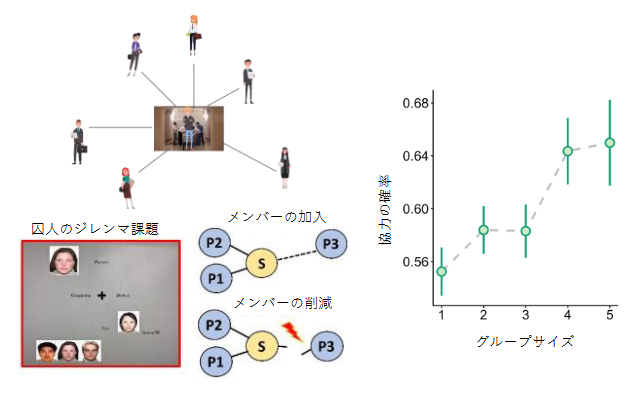2025-01-09 スイス連邦工科大学ローザンヌ校 (EPFL)

Overcoming right leg spasticity during treadmill walking in spinal cord injured patient thanks to high frequency electrical stimulation. © 2025 Daniele Emedoli / San Raffaele Hospital
<関連情報>
- https://actu.epfl.ch/news/overcoming-muscle-spasms-to-help-paraplegics-walk-/
- https://www.science.org/doi/10.1126/scitranslmed.adp9607
高周波硬膜外電気刺激は脊髄損傷患者の痙縮を軽減し、歩行回復を促進する High-frequency epidural electrical stimulation reduces spasticity and facilitates walking recovery in patients with spinal cord injury
Simone Romeni, Elena Losanno, Daniele Emedoli, Luigi Albano, […], and Silvestro Micera
Science Translational Medicine Published:8 Jan 2025
DOI:https://doi.org/10.1126/scitranslmed.adp9607
Editor’s summary
Spinal cord injury (SCI) leads to severe motor impairments that can greatly limit a patient’s quality of life. Residual neural signals to impaired limbs can cause undesirable movements such as simultaneous contraction of opposing muscles or spasticity, which can hinder functional movement and rehabilitation. Here, Romeni et al. tested the use of high-frequency epidural electrical stimulation (HF-EES) of the injured spinal cord as part of a broader physical rehabilitation program to attempt to mitigate these pathological movements. In two patients with motor incomplete SCI, the authors show that HF-EES reduced spasticity and pathologic muscle cocontraction. HF-EES was paired with low-frequency (LF)–EES, which enhances activation of the desired muscles for walking and other tasks. Both patients demonstrated improvements in motor ability over the course of rehabilitation, supporting the rationale for further examination of HF-EES as an adjuvant electrical stimulation protocol for patients recovering from SCI. —Molly Ogle
Abstract
Spinal cord injury (SCI) causes severe motor and sensory deficits, and there are currently no approved treatments for recovery. Nearly 70% of patients with SCI experience pathological muscle cocontraction and spasticity, accompanied by clinical signs such as patellar hyperreflexia and ankle clonus. The integration of epidural electrical stimulation (EES) of the spinal cord with rehabilitation has substantial potential to improve recovery of motor functions; however, abnormal muscle cocontraction and spasticity may limit the benefit of these interventions and hinder the effectiveness of EES in promoting functional movements. High-frequency excitation block introduced in peripheral nerve stimulation could reduce abnormal activity and lead to more physiological activation patterns. Here, we evaluated the application of high-frequency EES (HF-EES) in alleviating undesired muscular cocontraction and spasticity in two patients with motor incomplete SCI implanted with a commercial 32-channel EES paddle commonly used for pain therapy. To design custom HF-EES protocols, we first mapped the muscles targeted by different EES configurations. Our results showed that HF-EES substantially reduced patellar reflex in one participant and eliminated both patellar reflex and ankle clonus in the other participant. By combining HF-EES and low-frequency EES (LF-EES) to enhance functional movements with intensive rehabilitation, we observed notable improvements in lower limb kinematics, muscle strength, and clinical lower limb motor assessments over the trial period. This study suggests that HF-EES could be an important supplementary tool in SCI treatment, emphasizing the importance of personalized rehabilitation approaches and advanced tools to optimize EES treatments and offering hope for individuals with SCI-related motor deficits.


